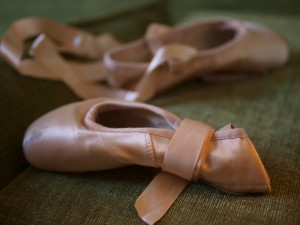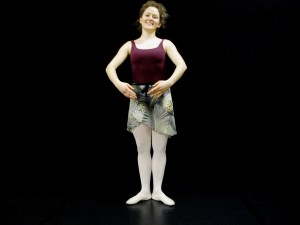Disclaimer: Frozen Peaz provided me with a discount code for 30 percent off to purchase this product for review.
As someone who has struggled with shin splints and stress fractures, I’m always constantly icing my legs after any type of activity (running, ballet, etc.) as part of my regular recovery routine. Your typical ice pack makes it difficult to target a specific area (especially on my legs) and tends to lose its cool pretty quickly.
So when I first heard of Frozen Peaz, I knew I had to try them out. They’re flexible hot and cold wraps that come in all sorts of shapes and sizes depending on what your need is. They’re a bit on the pricey side, but totally worth it.
Here’s a little bit of information about them via their website:
The secret to the performance of FrozenPeaz® packs is the unique Clear Ice™ Solution. Unlike gel based beads and pearls, the VirtualPeaz™ in FrozenPeaz packs won’t break down with frequent usage. And unlike colored gel packs, the VirtualPeaz are floating in a non-toxic Clear Ice Solution that is free of preservatives, petroleum-based products, and animal by-products. The ingredients in the Clear Ice Solution are 100% natural! So natural that they are certified by the Natural Products Association (NPA).
My Frozen Peaz arrived super quickly (they ship via Amazon Prime, too, if you’ve got it) and I was surprised to find that they were pretty heavy–a lot heavier than I expected, and a fair amount heavier than your typical ice pack. I ordered a single large wrap for my shins/calves.
I’ve been using the Frozen Peaz ice pack for about a month now and its the only ice pack I’ll use now. It stays colder than most other packs (I can get at least 20 minutes in on each leg at a time) and conforms to my legs really well (ignore my messy bedroom, I had just gotten home from class):
The only cons I really have are a) they are heavy and therefore tend to fall down if I try to get up and move around and b) they don’t conform to my calves (from underneath) as much as a would like. They still work better than anything else I’ve tried.
Frozen Peaz has been nice enough to offer 15% to all my readers if they use the code “Ballet.”
How do you deal with ballet-related injuries?






